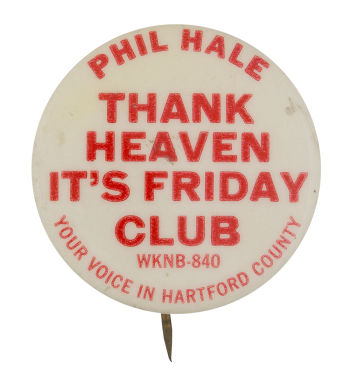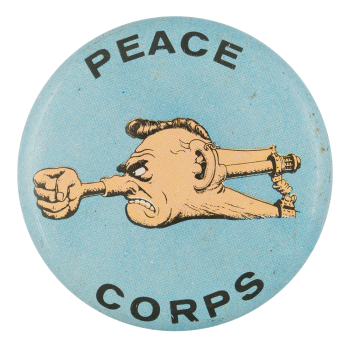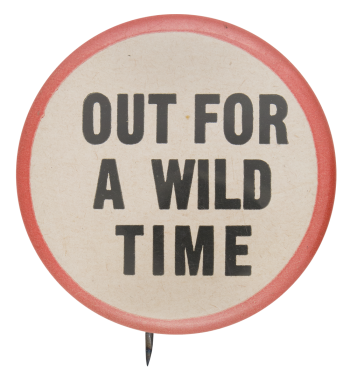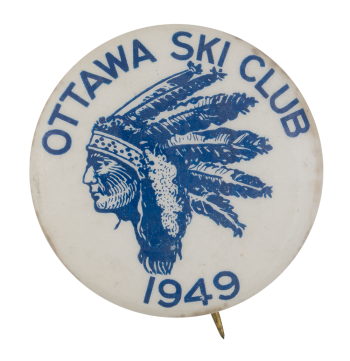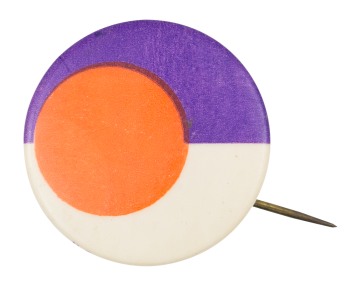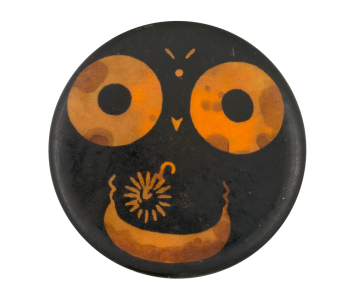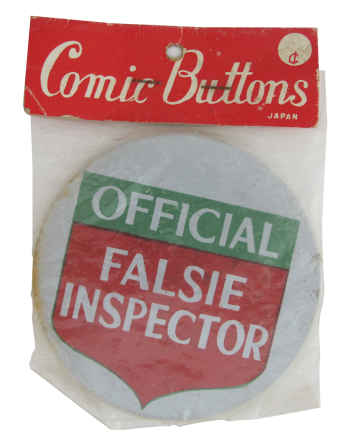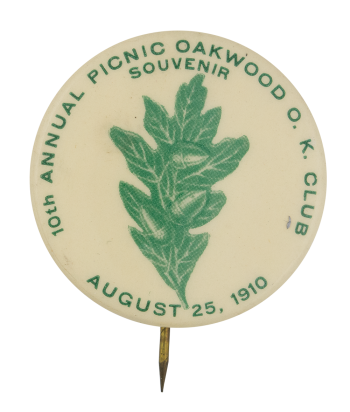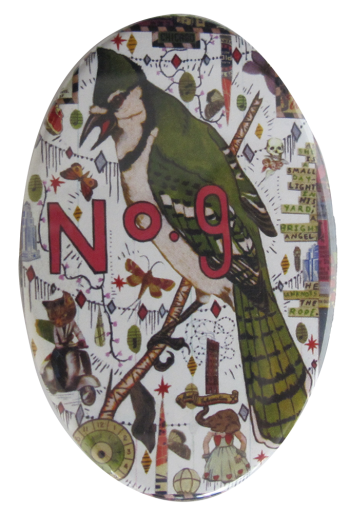Phil Hale WKNB
| Category | |
|---|---|
| Additional Images | |
| Sub Categories | |
| Text on Button | PHIL HALE THANK HEAVEN IT'S FRIDAY CLUB WKNB-840 YOUR VOICE IN HARTFORD COUNTY |
| Image Description | Red text on a white background. |
| Back Style | |
| The Shape | |
| The Size | |
| Additional Information | WKNB first came on air for the first time on August 18, 1946. With call letters standing for Kensington-New Britain, the station served the area around Hartford, Connecticut. One announcer which served the station in the late 1950’s and early 1960’s was Phil Hale. Hale’s program often filled the early morning time slot. By 1962, the station’s callsign had changed to WRYM. |
| Catalog ID | CL0171 |

